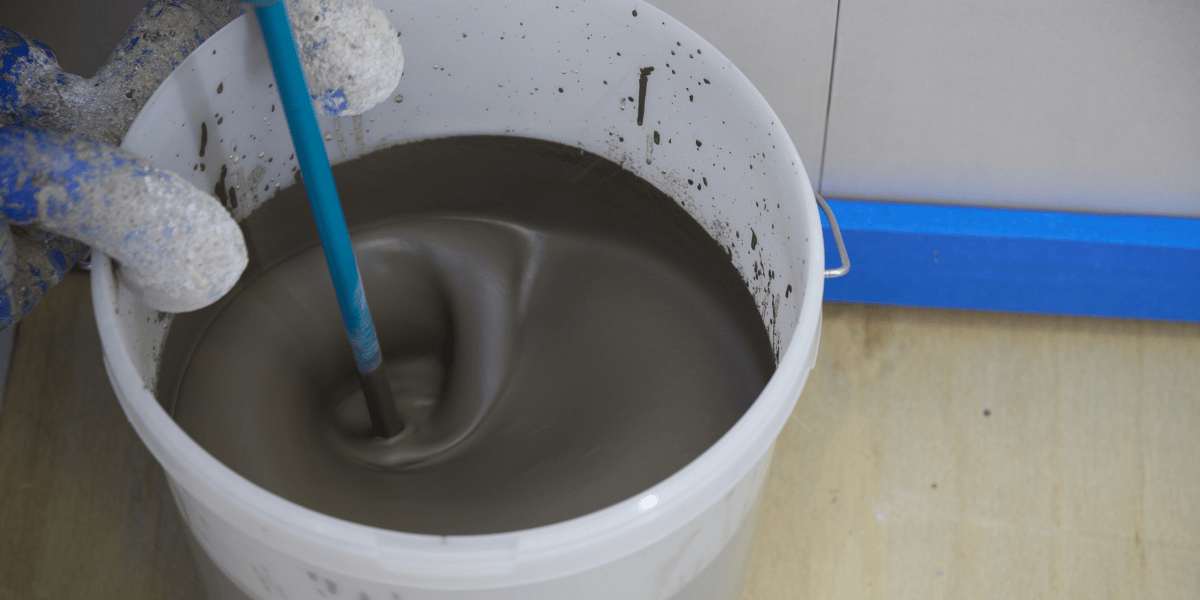Wood-based substrates such as plywood and chipboard are commonly used in both residential and commercial settings. Flooring professionals face various challenges when working with these substrates, particularly when installing fully bonded finished floor coverings. Complicating matters further, these timber bases are often installed by third parties, resulting in varying installation quality and materials that may not meet the specifications required for the floor coverings and preparation materials required.
To ensure a durable installation of fully bonded floor coverings over a timber base, especially when using a smoothing compound, various crucial considerations should be considered.
Optimal conditions
Similar to timber floor coverings, timber subfloors need to be acclimatised to the ambient conditions of the installation environment. Temperature fluctuations induce dimensional shifts in wood, necessitating a stable environment prior to installation. The presence of moisture is another environmental factor that can change the dimensions of the timber.
As timber dimensions can also be affected by moisture, in cases where moisture is a concern or future moisture ingress is possible (such as in ground-level installations in older buildings), a suitable moisture control system should be applied before the timber is laid.
Laying the timber
Before installing the timber, confirm that its thickness is appropriate for the base on which it is being installed, as well as the height of the finished floor. Standard practice involves using quality ply sheets, typically 5-6mm thick, to overlay existing substrates. However, if the subfloor exhibits significant movement or irregularities, thicker sheets in the 12-15mm range may be required to correct these issues.
Another critical consideration is employing the right type and quantity of fixings to secure the timber, as specified in the manufacturer’s installation guidelines. Ring shank nails or countersunk screws are recommended, as other fixing types are more prone to loosening over time. These fixings should be positioned at the correct intervals for the specific board being used.
Floating timber subfloors are generally not appropriate for fully bonded installations, particularly when a smoothing compound is required. Smoothing compounds formulated for wooden subfloors are intended to accommodate the inherent dimensional changes of correctly installed boards or sheets, not to provide structural support to an unstable base. In such instances, the floating system should be mechanically fixed and, if required, overlaid with additional ply.
Prior to applying a smoothing compound to a timber substrate, a suitable primer is essential to promote adhesion and reduce water absorption into the timber substrate. This typically involves using an undiluted acrylic primer or a polyurethane- or epoxy-based primer. Given timber substrates’ wide range of absorbency and the potential for dimensional changes due to added moisture, highly diluted primers are generally discouraged.
Product choices
When choosing a suitable smoothing compound, confirming its compatibility with the specific type of board or sheet being used is crucial. Generally, a fibre-reinforced smoothing compound, such as Bostik SL C780 FLEX, is preferred for use with timber. The fibres in these compounds are designed to reduce the risk of cracking, which can occur at board edges due to minor differential movement. These fibres, combined with other additives like polymers, provide the required strength for bonding to the timber.
Always consult the manufacturer’s Technical Data Sheets (TDS) to ensure optimal performance and compatibility. Timber substrates exhibit considerable variations in absorbency, strength, and stability. If the specific board type is not specified in the smoothing compound’s TDS, it is advisable to contact the manufacturer directly for confirmation or explore alternative products or systems.
Certain types of timber, including specific chipboard grades, might not be suitable for smoothing compound applications. Additionally, some may have protective films or coatings intended to prevent damage and water penetration during construction. By their nature, these coatings make bonding more difficult and should be removed from the substrate.
While the complexities of wood flooring can intimidate some installers, a successful installation is attainable by applying appropriate materials and methods. A range of excellent products and systems are available that, combined with sound installation practices, will help you to create durable, high-quality floors.


